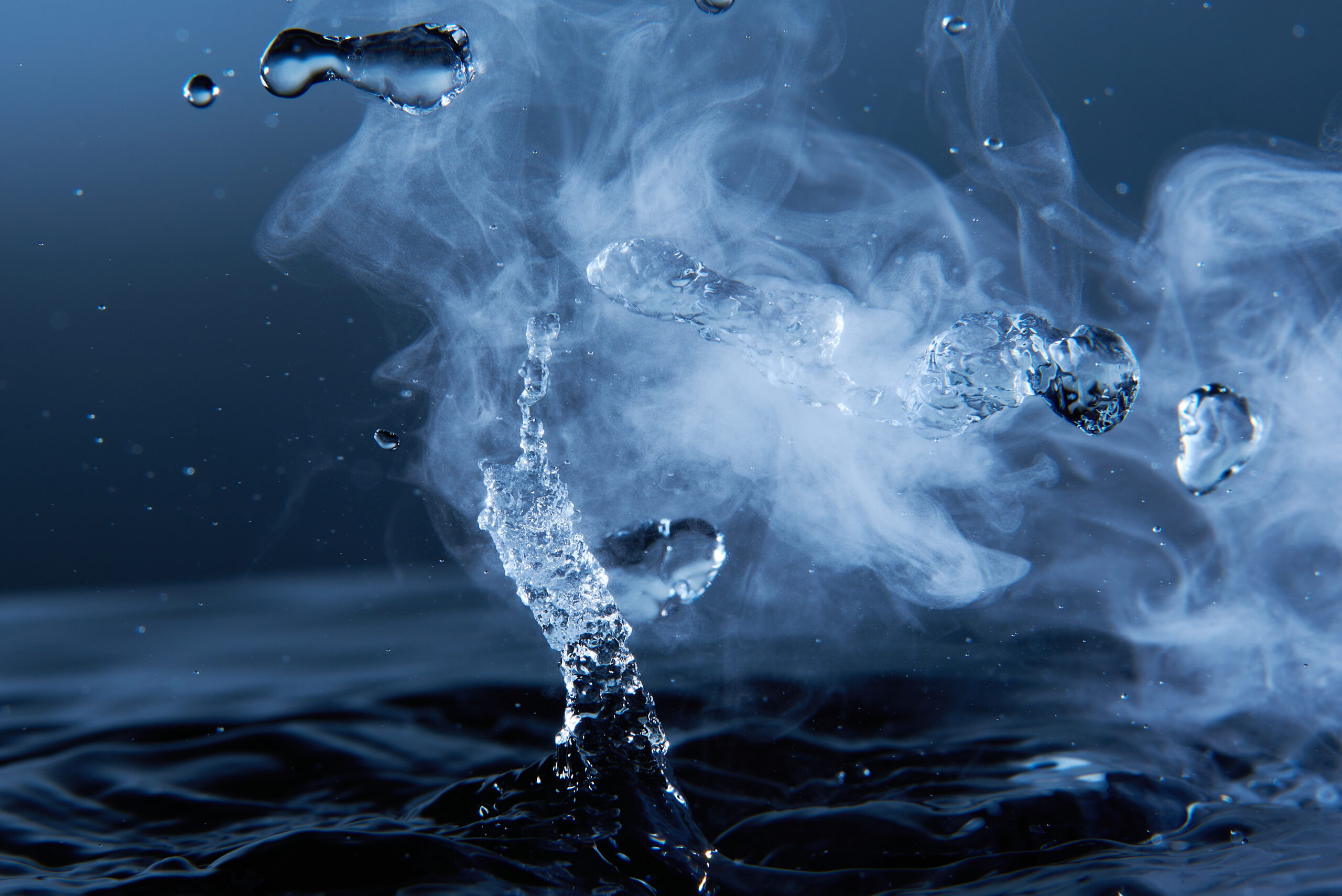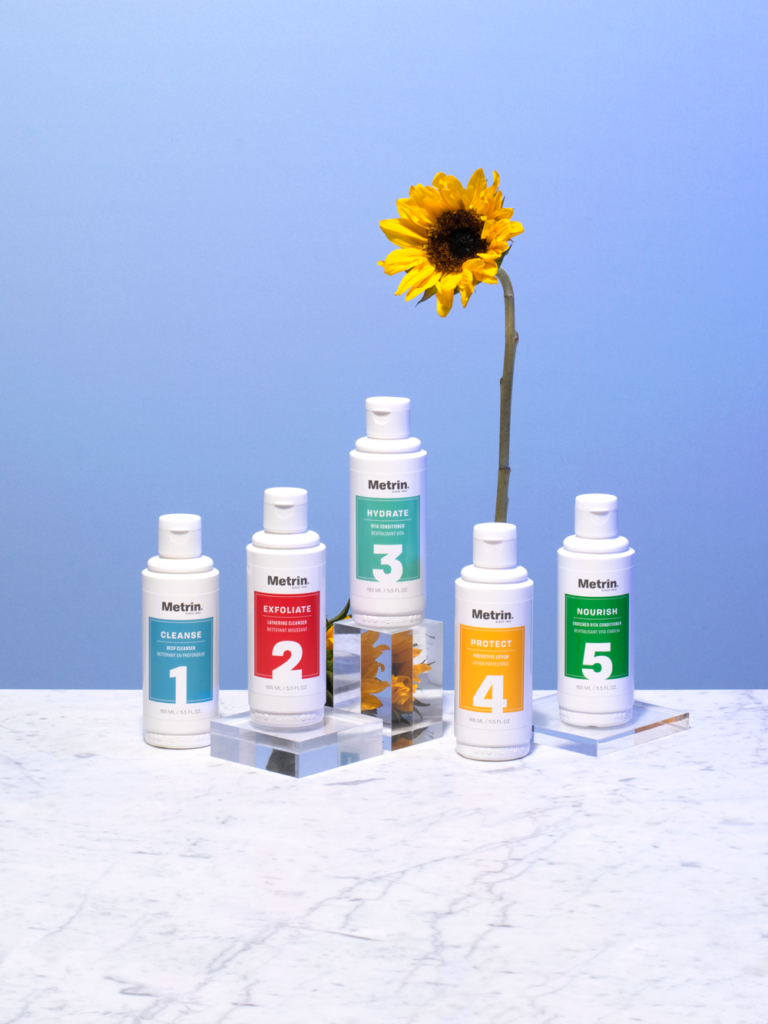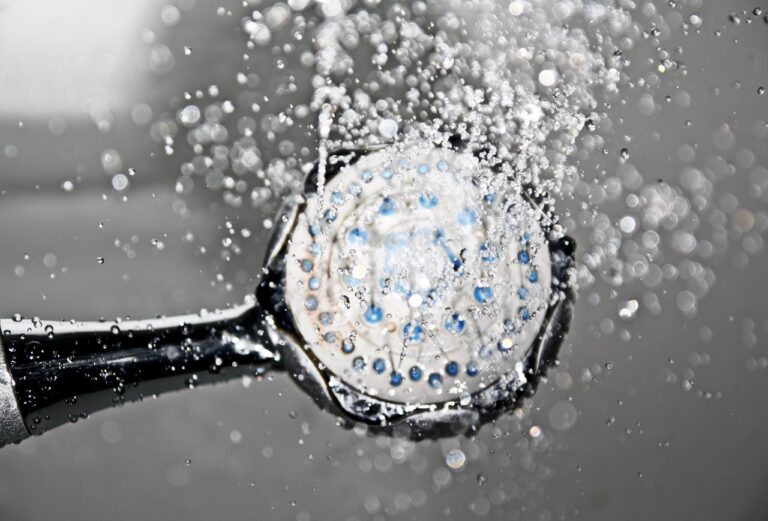Does Thermal Water Actually Work?
What is Thermal Water?
While thermal waters have been around and sold for decades, their popularity as a skin care product has sky rocketed recently. They are everywhere online and included in most current ‘skin care must haves’, be that in an article, TikTok or Instagram reel. Another way of saying this, is that they are a trend. A skin care fad. So instead of just following the trend, it’s important to ask ourselves, does thermal water actually work?
As you know, skin care fads come and go with the ages. The skin care benefits of thermal water originates in balneotherapy – soaking in hot springs that typically provide soluble minerals that include calcium, bicarbonate, silicates, iron compounds, sodium and magnesium salts, sulfur compounds, and metals, along with trace elements like selenium – which are thought to be beneficial to the skin.
In the natural hot springs environment, heat (thermal) and lesser known natural biome (bacteria in natural hot springs water) also play an important role in delivering skin care benefits. And of course, the pH of the Thermal Water in a natural hot spring environment versus the pH of the product containing filtered and sanitized Thermal Water can be different. We understand that the Thermal Water products for skin care, like water, tend to have neutral pH – whereas, as you may know, the human skin has a slightly acidic pH to protect itself against excess bacteria growth.
‘Thermal Water’ skin care products typically applied by spraying the water onto the skin need to have its natural biome (bacteria) filtered out for safety and product preservation and, does not have the mechanism of heat found in natural hot springs. The end result is Thermal Water without the therapeutic benefit of heat and its biome found in its natural setting.
Just as spraying ordinary water onto the skin hydrates the skin, spraying water with minerals onto the skin should also hydrate the skin, with added benefits of any minerals found in Thermal Water. We suspect that, while mineral composition may vary from different geographical sources of commercially marketed Thermal Water, similar mineral composition might also be found in typical bottled spring water like Perrier, Pellegrino, and Evian. If that’s the case, then spraying Thermal Water would be far more expensive than spraying mineral water.
And of course, hydrating the skin – whether through spraying of water or through drinking water – is only one part of the skin care process. Cleansing with exfoliation, hydrating, protecting and nourishing are all needed and they must work synergistically together to benefit the skin holistically.
What is the Protective Lotion?
The #4 Protective Lotion is a toner like skin care lotion that helps protect the skin by hydrating, nourishing and by helping to reduce excess bacteria growth. Its been around for over 91 years with a loyal following of users around the world. It can be used on its own and its power increased when used as a part of a proven synergistic skin care layering routine of the Metrin Skincare System that has been around since 1932.
The #4 Protective Lotion isn’t just water with minerals. For comparison with Thermal Water, just one ingredient in the #4 Protective Lotion, the specially derived certified organic Aloe Vera contains:
- Minerals:
- Similar to thermal water it contains minerals, but of different types. The minerals are calcium, chromium, copper, selenium, magnesium, manganese, potassium, sodium and zinc. All beneficial to the skin and its function.
- Vitamins:
- In addition to minerals, it contains the following vitamins: Vitamins A (beta-carotene), C and E, which are antioxidants. It also contains vitamin B12, folic acid, and choline. Antioxidant neutralizes free radicals – helping the skin against oxidative aging (anti-aging).
- Sugars:
- It also provides natural sugars like monosaccharides (glucose and fructose) and polysaccharides (glucomannans/polymannose) that benefit the skin. A glycoprotein with antiallergic properties, called alprogen and novel anti-inflammatory compound, C-glucosyl chromone, has been isolated from Aloe Vera.
- Anthraquinones:
- It provides 12 anthraquinones. Aloin and emodin act as analgesics, antibacterials and antivirals, again, aiding the skin in its healing, recovery and renewal.
- Fatty acids:
- It provides 4 plant steroids like campesterol, β-sisosterol and lupeol. All these have anti-inflammatory action and lupeol also possesses antiseptic and analgesic properties.
- Hormones:
- Auxins and gibberellins that help in wound healing and have anti-inflammatory action.
- Amino Acids:
- Others: It provides 20 of the 22 human required amino acids and 7 of the 8 essential amino acids.
- Others:
- It also contains salicylic acid that possesses anti-inflammatory and antibacterial properties. Lignin, an inert substance, when included in topical preparations, enhances penetrative effect of the other ingredients into the skin. Saponins that are the soapy substances form about 3% of the gel and have cleansing and antiseptic properties.
Of course, there are other ingredients in the #4 Protective Lotion that aide in the skin’s recovery, healing, and renewal too. There is no comparison. And, with the optional mister, you can mist and hydrate your face (and everywhere) like the Thermal Water sprays with the #4 Protective Lotion too (with much better results).
So, does thermal water actually work? Thermal water is sold by many brands, and each may vary in effectiveness. One thing they all have in common is they are benefitting from social media’s ability to make trends and skin care fads. We are not saying they are completely useless, but we urge you to consider products with years (92 years in our case) of science, results and testimonies over temporary social media hype.
Notes from the author:
We love answering skin care questions. We wrote this blog in response to an email inquiry from a life-long client. She wanted to know more when her friends were speaking a lot about thermal water and wondered about the trend, and how it and its ingredients compare to her Metrin Skincare’s #4 Protective Lotion. We enjoy helping our customers enjoy their healthy, youthful, glowing skin and take great pride in being a safe, reliable and above all, trustworthy place for all our clients (and non-clients who are just interested in learning about skin care!). Please feel free to ask any skin care questions or voice concerns you may have. We hope the above information is useful for anyone who is interested in learning the facts behind skin care (and skin care ingredients) rather than just blindly following trends and fads.
References:
- The Role of Thermal Water in Chronic Skin Diseases Management: A Review of the Literature https://www.ncbi.nlm.nih.gov/pmc/articles/PMC7563194/
- ALOE VERA: A SHORT REVIEW – PMC (nih.gov)
- Therapeutic Benefits of Balneotherapy on Quality of Life of Patients with Rheumatoid Arthritis: A Systematic Review – PMC (nih.gov)
- Perrier Quality Report (aquacarpatica.com)
- Perrier vs. San Pellegrino: Which Sparkling Water Is Better? (2024) (just4foodies.com)
- evian® Water Attributes







